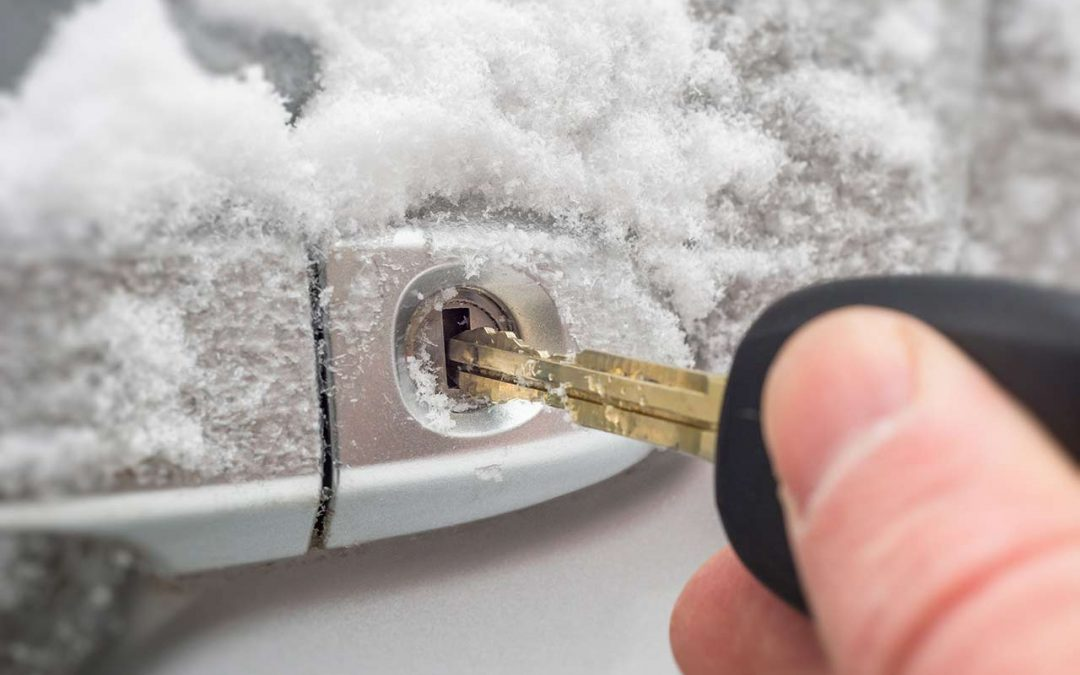Experiencing a frozen car door lock during cold weather can be frustrating and inconvenient. Many drivers face the issue of their car door lock freezing in winter, preventing them from unlocking or locking their vehicle. This problem is often linked to the car door lock actuator, a key component in your car's locking system. In this article, we will discuss common causes of car door lock freezing and offer effective solutions to resolve the issue, ensuring your door lock actuator remains functional throughout the colder months.
The car door lock actuator is an electronic component responsible for locking and unlocking the doors of your vehicle. When you press the button on your key fob, the actuator triggers a motor that engages the door’s locking mechanism. In cold weather, moisture can seep into the actuator or door lock, causing it to freeze and fail to operate.
When your car’s door lock actuator freezes, the actuator may become unresponsive, leaving you stuck outside your car. It’s essential to recognize the symptoms of a faulty or frozen door lock actuator, such as unusual noises, sluggish response, or total unresponsiveness when you attempt to lock or unlock your car.
Cold temperatures and moisture are the primary culprits behind frozen door locks. Below are some common reasons for freezing:

If your door lock actuator freezes, there are several steps you can take to resolve the problem and prevent future freezing issues.
Using a silicone-based lubricant specifically designed for automotive locks can help prevent freezing. Lubricants repel moisture and allow the internal components of the door lock actuator to move smoothly, even in freezing temperatures. Apply the lubricant directly into the keyhole or spray it around the actuator area to prevent moisture from freezing inside the lock.
A de-icer spray can quickly melt ice that has formed inside or around the door lock actuator. Simply spray the de-icer into the keyhole and wait a few minutes for the ice to melt. This is a temporary solution, but it can help you unlock your car in freezing conditions.
Warming the area around the frozen door lock can help thaw the ice inside the actuator. You can use a hairdryer or heat gun to gently warm the lock. However, be cautious not to overheat the area, as too much heat can damage the plastic components of the door lock actuator.
To prevent future freezing, consider insulating the area around the door lock actuator. Applying weather stripping or replacing damaged seals around the door will reduce moisture ingress and protect the actuator from freezing.
Routine maintenance can help prevent issues with the door lock actuator. During colder months, regularly check the weather seals, lubricate the locks, and ensure there is no visible damage to the actuator. If you notice any signs of wear, replace the seals or parts promptly.
If your door lock actuator repeatedly freezes or malfunctions even after taking preventive measures, it may be time to replace the actuator. When replacing a faulty actuator, be sure to choose a high-quality replacement part that is resistant to moisture and designed to withstand cold temperatures. A new door lock actuator will ensure reliable performance and eliminate the issue of freezing in the future.
Dealing with a frozen car door lock can be a hassle, but understanding the role of the car door lock actuator and how to prevent freezing can save you time and frustration. By applying lubricants, using de-icer sprays, and insulating the actuator, you can keep your car door locks functioning properly, even in freezing weather. Regular maintenance and timely replacement of faulty parts will also go a long way in ensuring your door lock actuator continues to work smoothly year-round.
If you're experiencing persistent freezing issues, consider consulting a professional mechanic to inspect your door lock actuator and address any underlying problems. Taking proactive measures now can help you avoid costly repairs down the road.
GET A QUOTE